Advantage Beef Programme
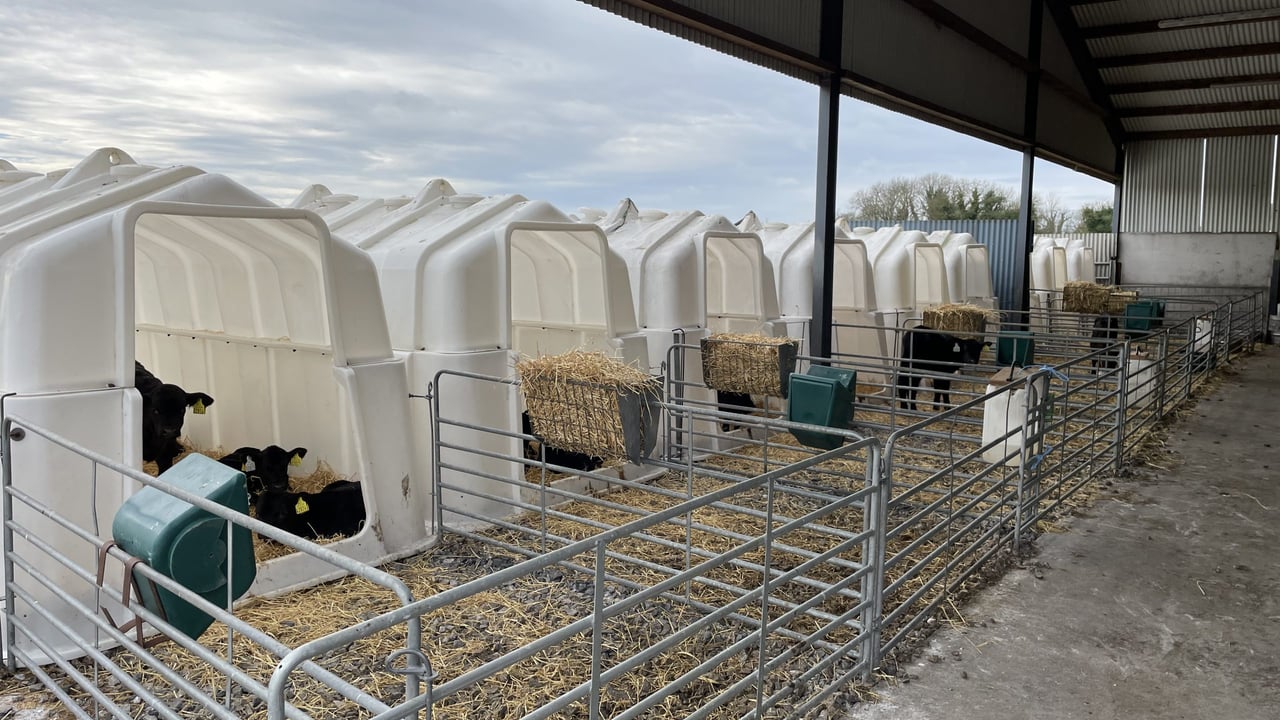
Trim calf to beef system sells cattle 6 months a year
Farming outside of Trim in Co. Meath is dairy calf to beef farmers Michael and Kieran Dunne. The father-son farming duo rear a batch of 60 autumn calves and 40 spring calves bringing the total number of calves reared on an annual basis to approximately 100 head.
The system is different to a conventional dairy calf to beef system which generally sees farmers rear one batch of spring born calves/year to beef.
Many farmers like to have cattle to sell at different times of the year for a number of reasons, including cashflow and to avail of higher price rates if they arrive at a certain time of the year.
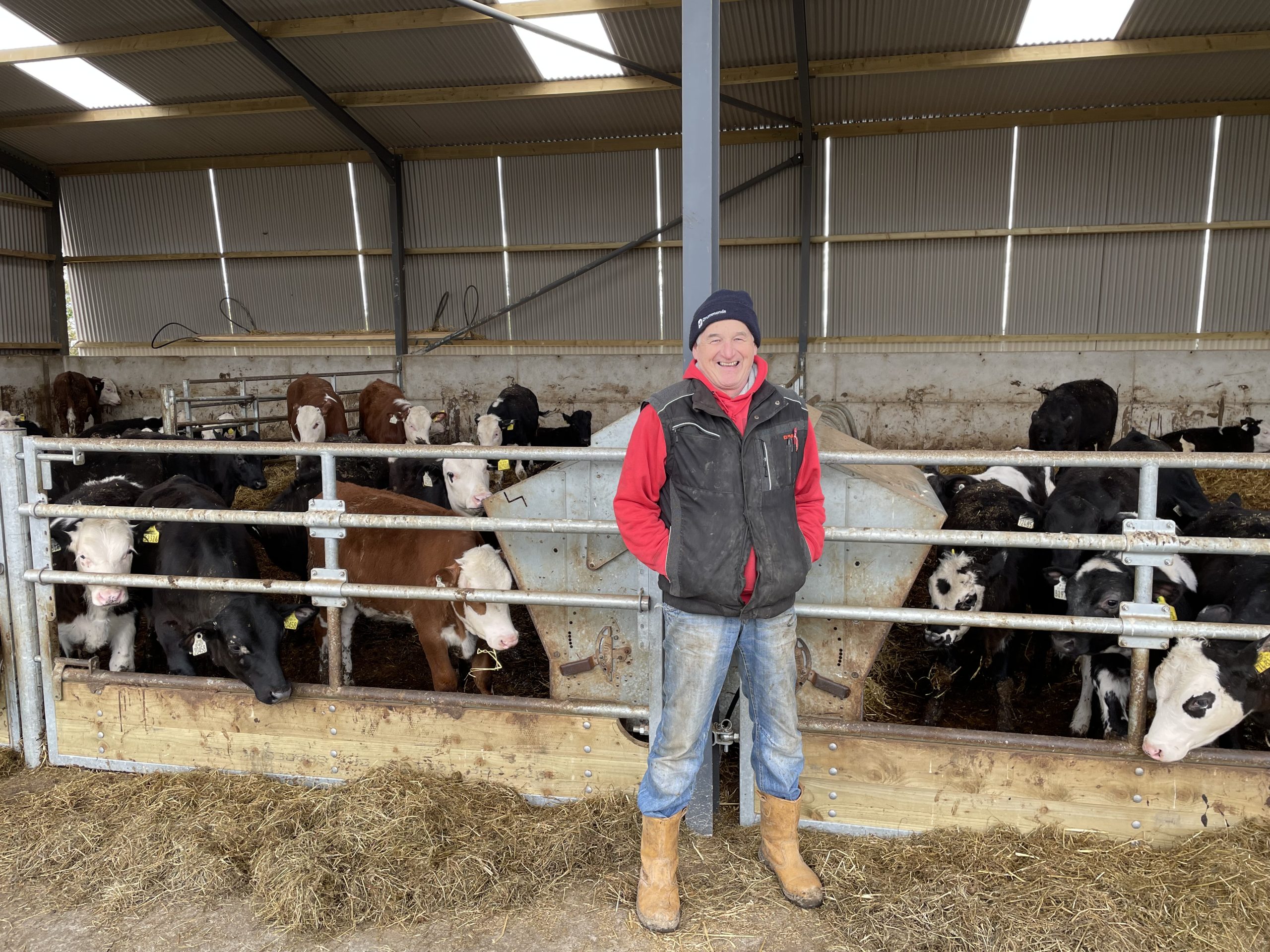
Michael is one of these farmers and in order to have factory-fit cattle over a longer duration of the year, he rears two batches of calves/year in his calf to beef operation.
The calf-rearing setup
Calves are sourced from local dairy farmers and Michael is involved in the sire selection for his calves.
As Michael is involved in the Advantage Beef Programme, his ABP farm-liaison officer Oisin Lynch provides him with a list of recommended bulls which fit the dairy-farmer requirements of short gestation and easy calving and fit the beef-farmer requirements of good genetic beef merit and better progeny carcass weights.
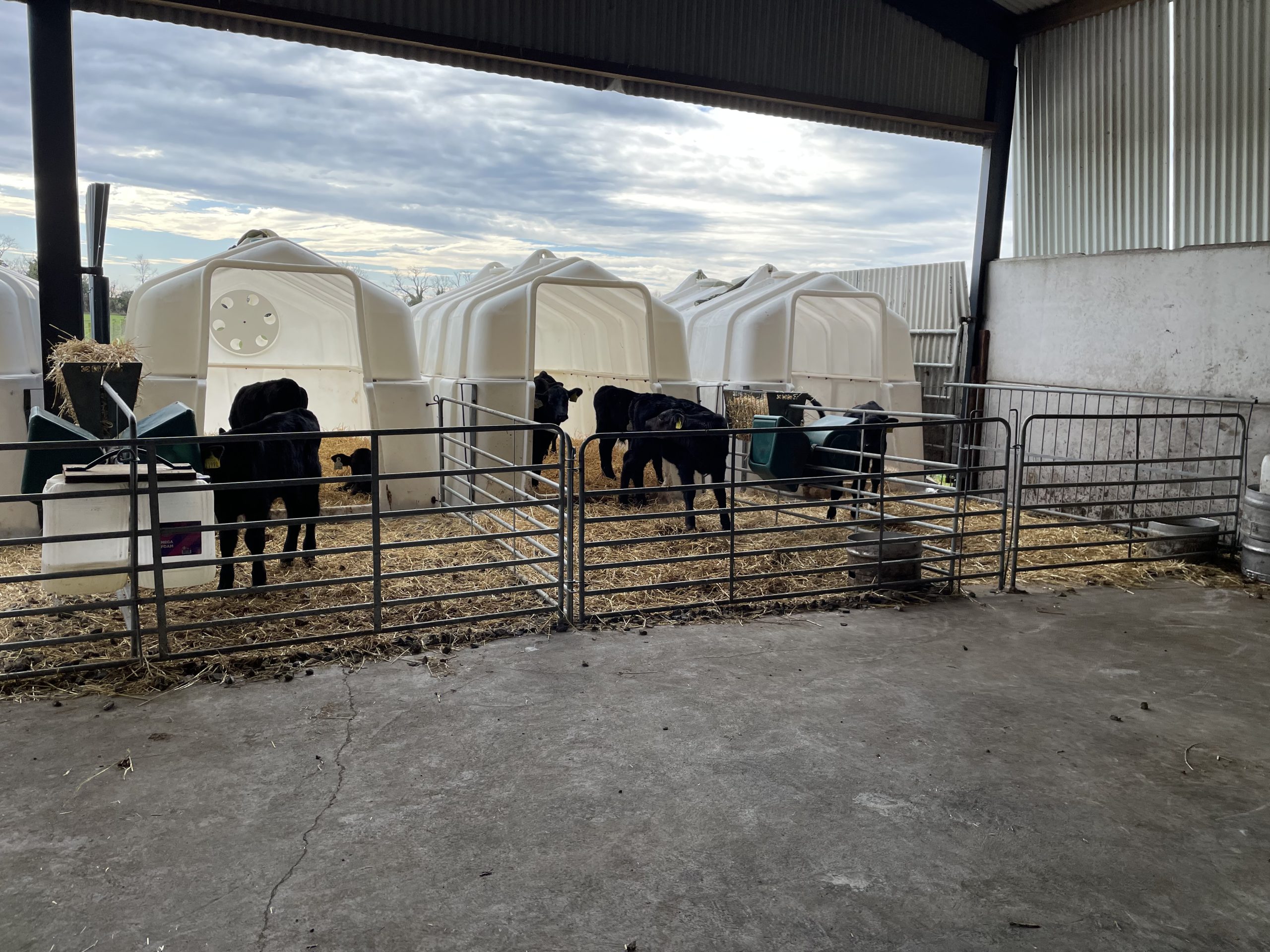
Once the calves arrive at the farm, they are housed in group calf hutches and remain there until weaned.
Calves are vaccinated on arrival and also receive booster vaccines four weeks later. Both spring and autumn calves receive the same treatment up until weaning.
Milk replacer is mixed and fed through a wagon with capacity for 60 calves. Michael is managing to transition calves successfully off milk replacer after approximately one bag/calf on average.
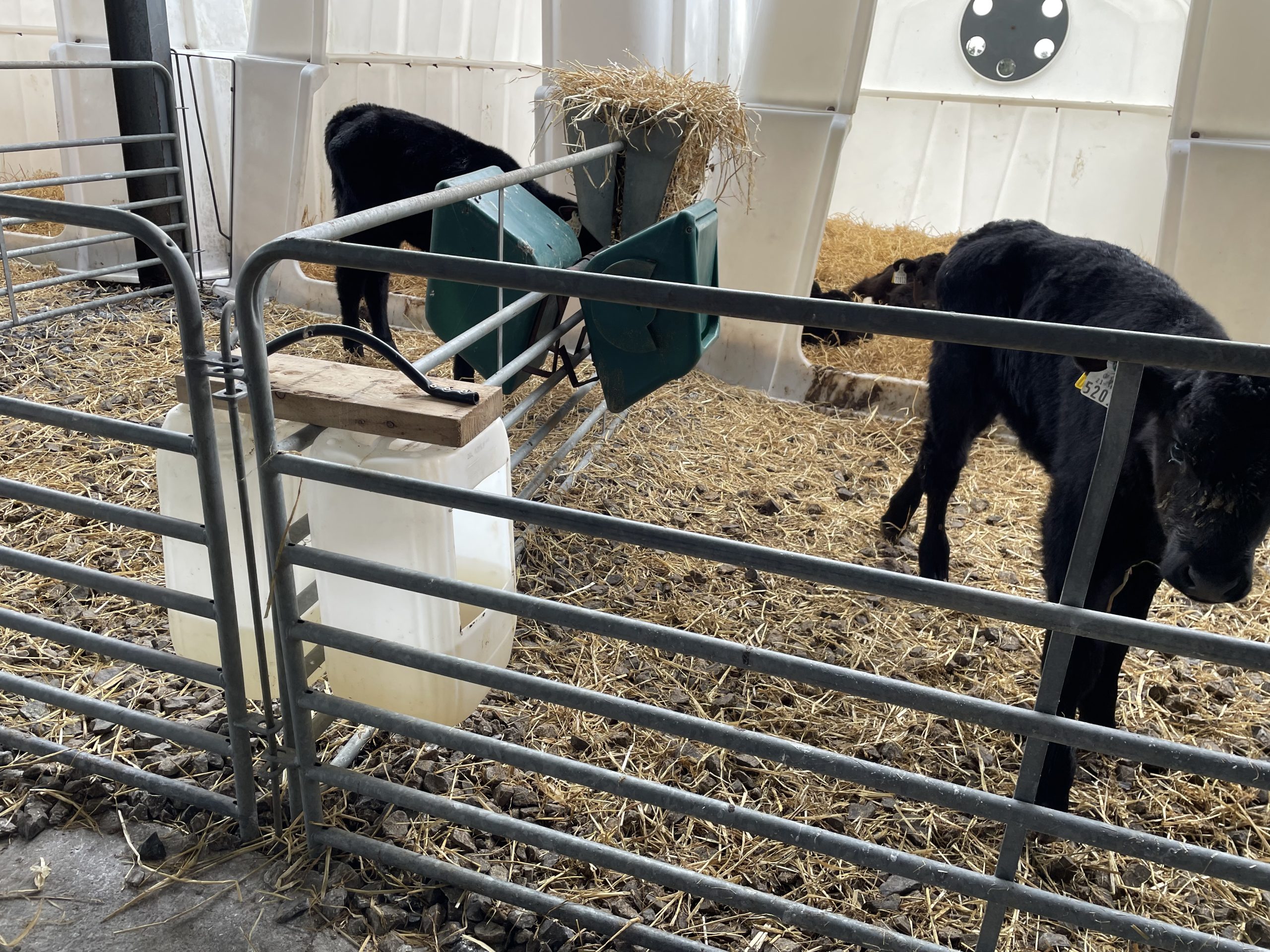
90% of the calves on the farm are bred with Artificial Insemination (AI) with the remaining calves sired by stock bulls.
Michael said: "I look through the sires with the dairy farmer. I'll be talking to him now to discuss what sires he will be using this breeding season for my calves next year.
"The dairy farmer has to calve the cows so they're not going to go with anything too difficult to calve and I can understand that but he's quite willing to use a good bull in AI."
ABP's Oisin Lynch added: "For the dairy farmer, it's about picking a level of calving difficulty they are comfortable with and then using the highest beef sub-index sires within that range."
Weaning
Calves are weaned off milk based on meal intake. "I wean them based on eating meal so when they reach 1.5kg meal/head /day, I start the weaning process. I don't look at dates as such. My main objective is if they're eating enough meal that they're weaned.
"The green bucket holds 4kg of meal so one of them twice a day on five calves is 8kg that's a shade along with 1.5kg/head/day. That's the target I start to wean them then over about a fortnight," Michael added.
Calves go on a half milk feed twice-a-day for a week and over the two-week weaning, they go from 1.5-2.5kg concentrates/head/day with straw feeding and then gradually out to grass.
The autumn calves are built up to 3-4kg concentrates/head/day before the level of meal feeding is wound down completely in March before the calves go to grass. Meal is totally removed from the autumn calves' diet before going to grass allowing calves to get accustomed to a grass-only diet.
The autumn-born calves are essentially front-loaded with concentrates from birth to shortly before they go to grass for their first season.
These calves get no meal for their first season at grass and it is not reintroduced until the finishing stage.
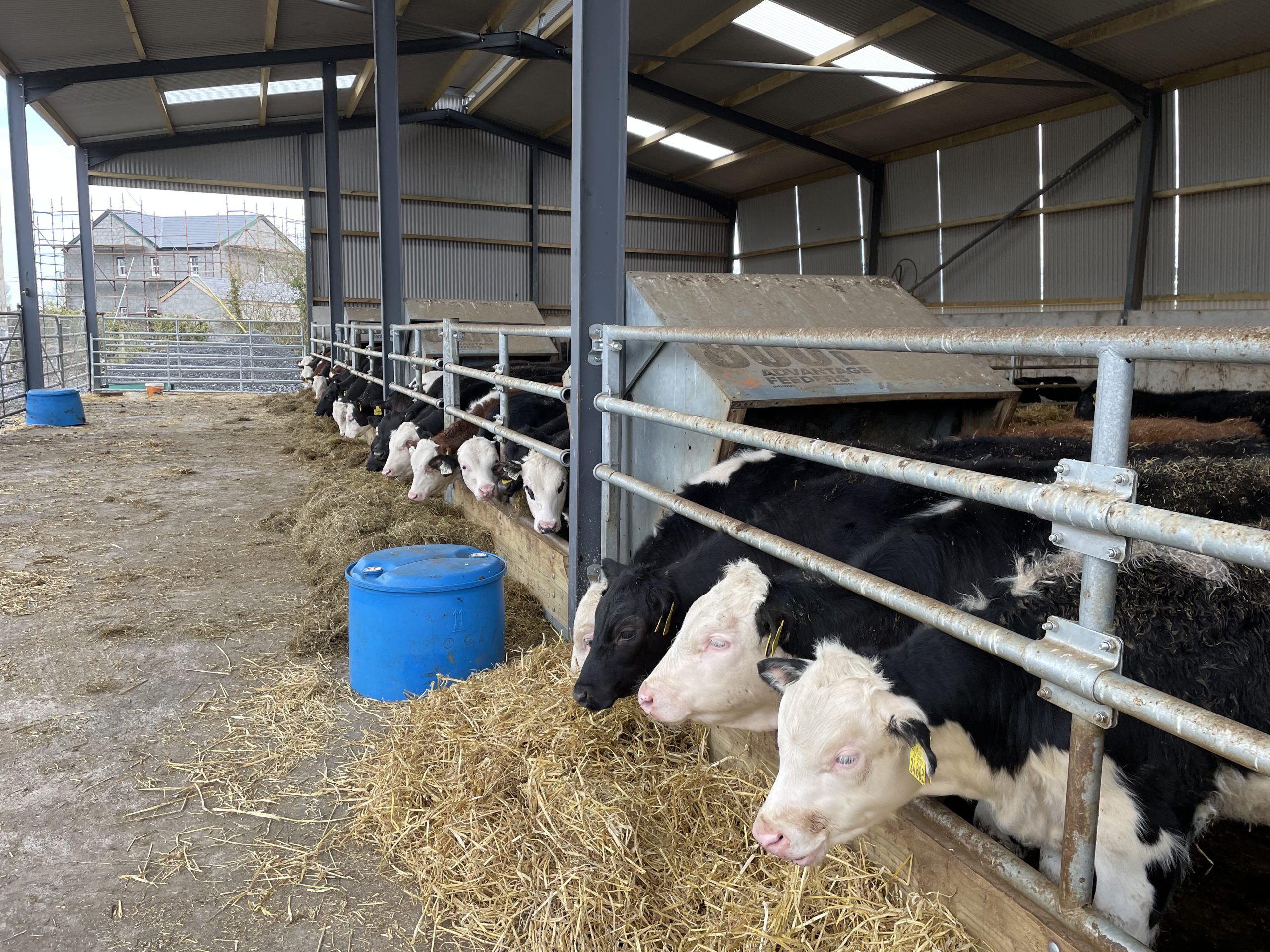
"The autumn calves get no more meal than a spring calf because the spring-born calves get concentrates all summer at grass where as the autumn-born calf gets the same amount but over a three-month period rather than the six to seven month period that the spring-born calf gets concentrates," Michael added.
"I feel I have a good healthy calf to go out to grass and they go on and thrive well. The rumen is well developed in them."
Finishing
The target on the farm is to ensure all animals are sold to ABP Food Group before they reach 24 months of age with most cattle finished at approximately 22-23 months of age.
No meal is fed to any of the cattle in their first winter. Michael said: "My target is that they're coming in big enough for the first winter to need no meal."
There is no diet feeder on the farm and concentrates are fed using a skid steer and bucket with an auger.
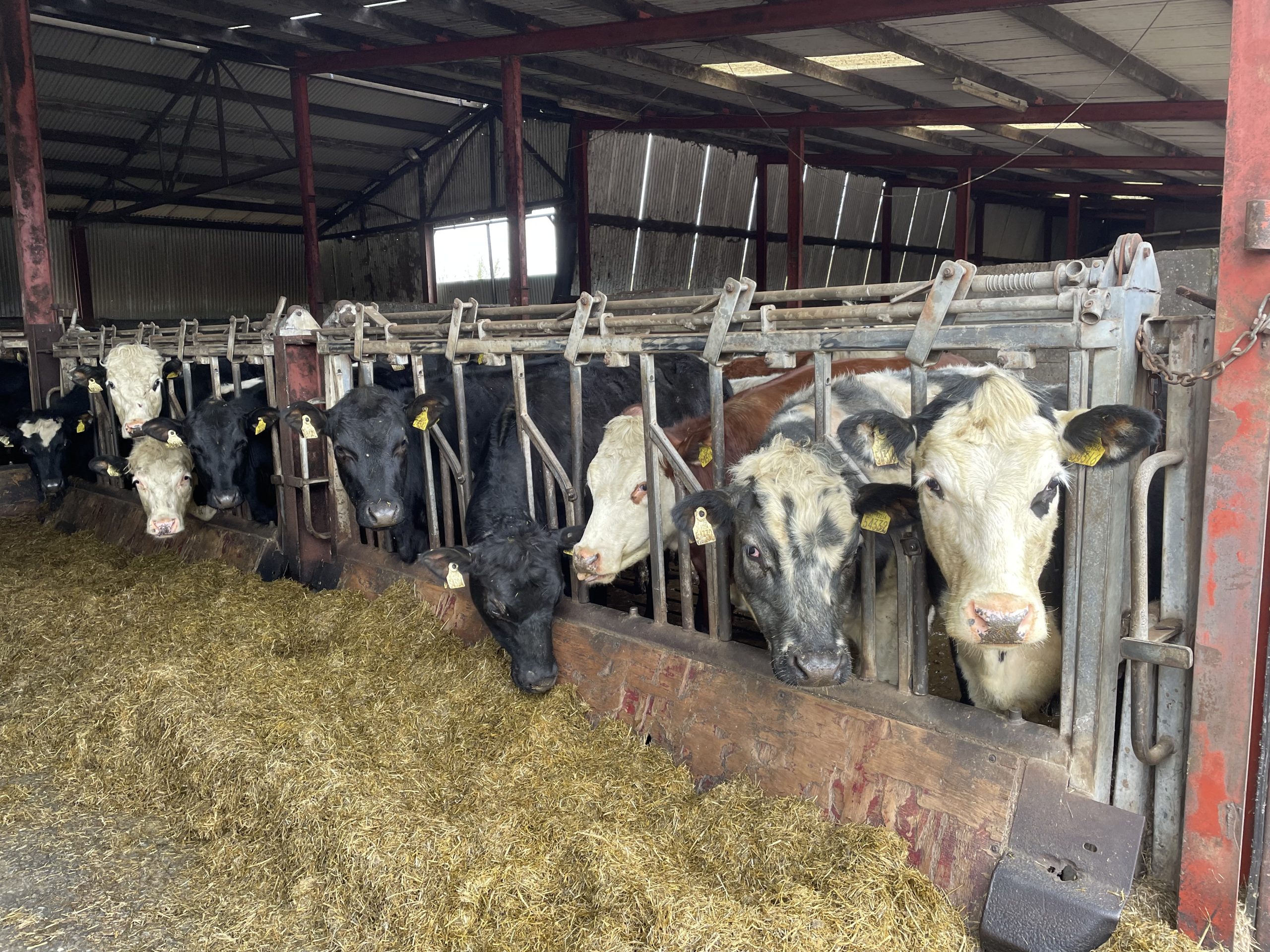
The finishing ration is "cheap and cheerful" according to Michael, with a mix of distillers, ground maize, and barley fed along with good-quality silage.
Minerals are dusted on silage and as the farm soils have high molybdenum, all cattle get a copper bolus and high-copper mineral.
Michael has a big focus on making high-quality silage and tries to make his first cut of silage before May 25.
For the second summer at grass, autumn-born calves go out at an average weight of 480-500kg generally with spring-born calves going out at 300kg on average.
The table below details the performance of the dairy-beef steers on the farm in 2024, based on CBV:
| Top third | Average | Bottom third | |
|---|---|---|---|
| Number of animals: | 15 | 15 | 15 |
| Commercial Beef Value (CBV): | €100 | €66 | €43 |
| Age at slaughter (Days): | 651 | 663 | 673 |
| Weight: | 291kg | 287kg | 280kg |
| Grade: | O+ | O= | O= |
The aim is to draft steers for going onto a finishing diet at 530-540kg and heifers at 500kg to start feeding on.
"We have our first cattle generally fit in July and we have cattle going to the factory right through to the following January-February. With a gap between the autumn and spring cattle, we have cattle for the factory nearly six months of the year," Michael said.
Joining ABP's Advantage Beef Programme
Michael joined the Advantage Beef Programme because he was looking to secure as high a price for his cattle as possible and read about the 20c/kg additional sustainability bonus available through the Advantage Beef Programme.
"I was looking for the 20c bonus and the Advantage was the one with the least strings attached. I can buy my inputs wherever I want so it suited my system here," he said.
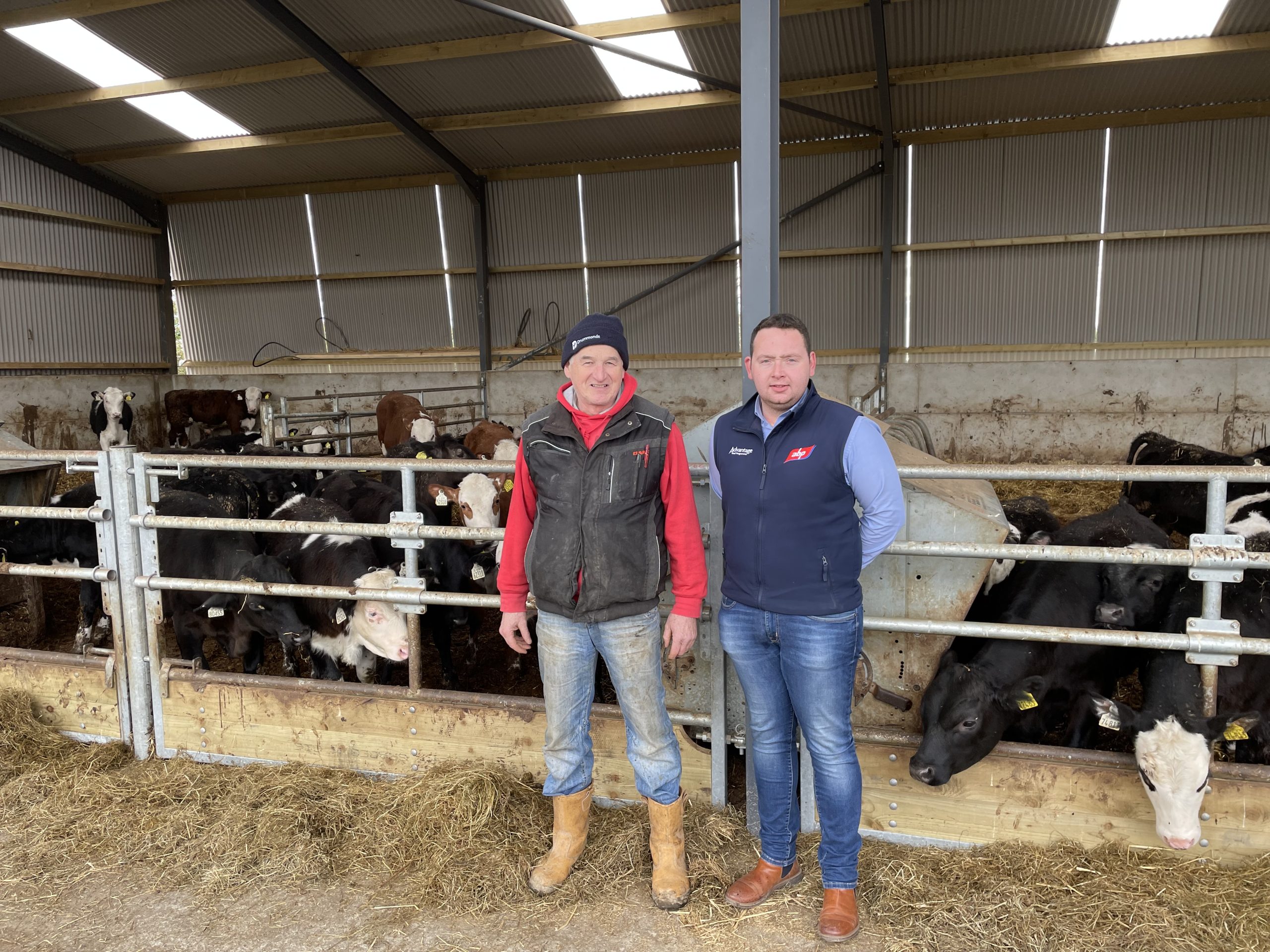
As well as the price benefits, Michael often calls on the ABP farm liaison team for advice as regards animal health, genetics, cattle performance, and finishing cattle.
"I won't say what I'm doing is perfect so it's good to get that second opinion sometimes," he added.
Plan for future
Planning for the future, Michael said his goal is to work on increasing carcass weights further from his calf to beef system. He said: "Slaughter age, I could probably tweak it a bit but I don't know is there much room for manoeuvre.
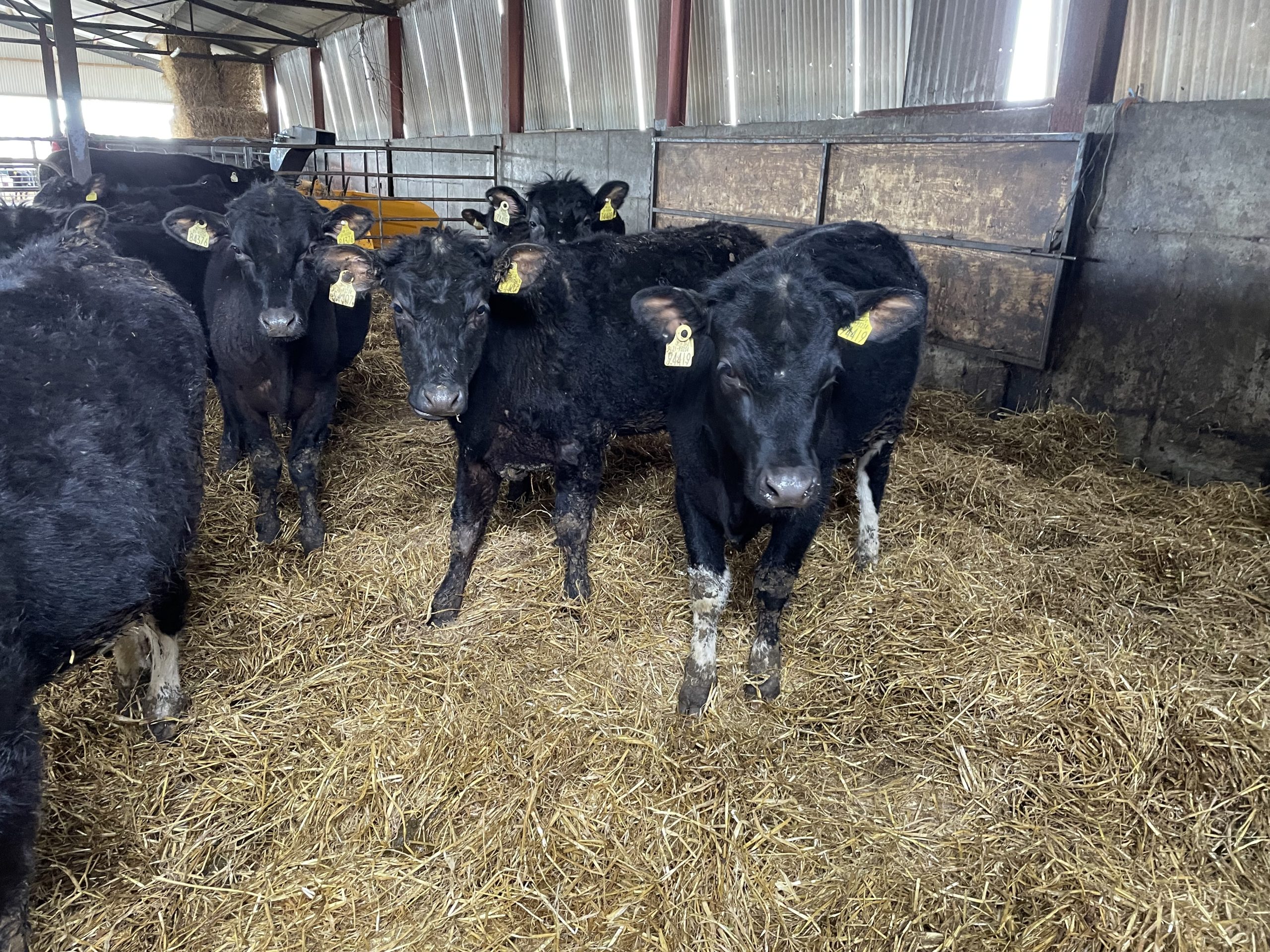
"It's a balancing act. I'm feeding one bag of milk replacer per calf and have been there this last few years. Some people are happy to feed two bags of milk but that all comes at an extra cost.
"It's about looking at the balance of what it costs me to get there, it's a beef system so it's important to watch costs up the line and spending money to finish things any earlier - it mightn't come back to you," he concluded.